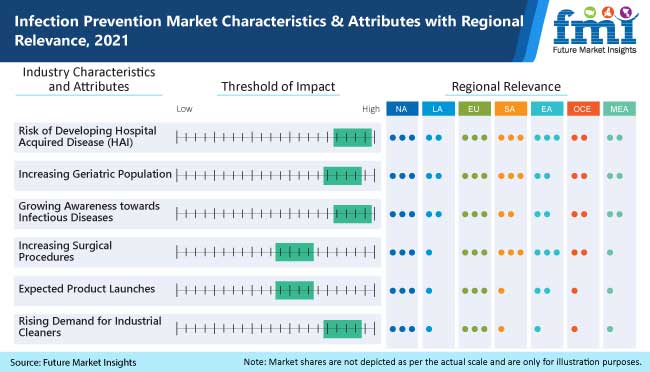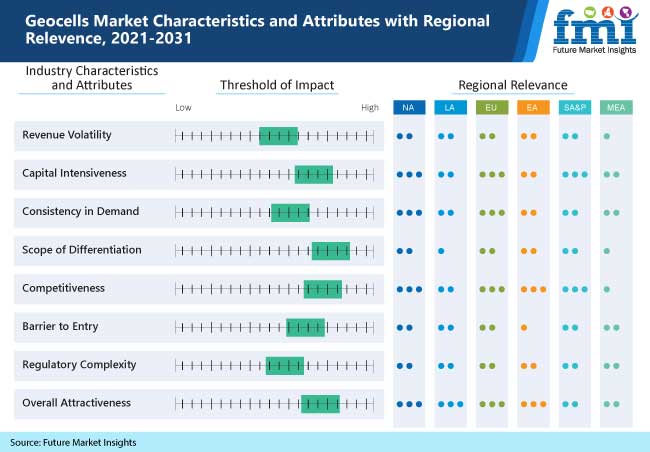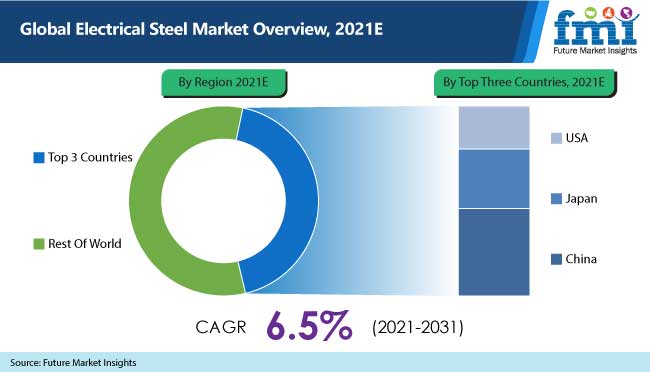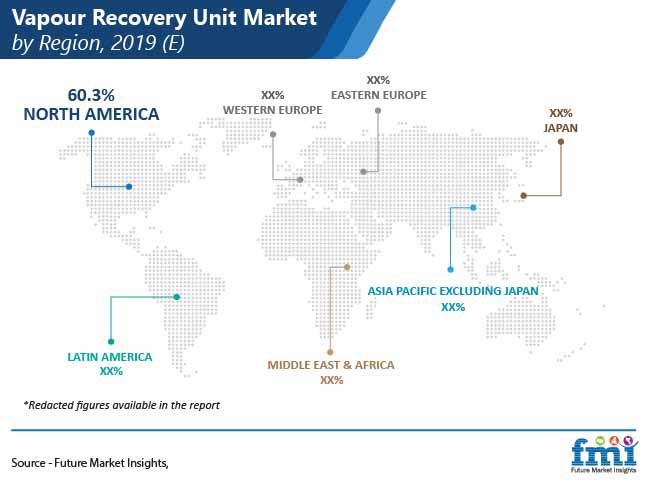As per a study by FMI, the super absorbent polymer demand is expected to increase at a CAGR of 4.9% during the forecast period of 2021 to 2031. Increasing use in the production of medical and personal hygiene products will continue fuelling the demand for super absorbent polymers.
According to a study by FMI, the disposable diapers manufacturing sector will account for 76% sales in 2021. Regardless of the challenges posed by COVID-19 outbreak, the demand increased by 4.7% between 2020 and 2021. Spurred by this, the global super absorbent polymer market is expected to surpass US$9.18bn in 2021.
Rising popularity of adult incontinence and feminine hygiene products is driving sales of the super absorbent polymers. The market also will gain from the increasing awareness about hygiene and safety. Surge in sales is on cards as governments around the world adopt initiatives to spread awareness about the importance of maintaining proper hygiene amid COVID-19 outbreak.
While several other markets struggled to stay afloat during pandemic, super absorbent polymers sales continued to rise. The rising demand for medical and hygiene products will continue guaranteeing growth through the forecast period.
Rising prevalence of urinary incontinence also has compelled medical experts to focus on developing improved incontinence solutions. Numerous healthcare policies are therefore undertaken numerous government bodies to boost healthcare quality. This will present a conducive environment for overall growth of the market.
However, fluctuating price raw materials continues to threaten growth in the market.
“Key players in the global market are investing in the development of bio-based super absorbent polymers in order to keep pace with growing focus on sustainable production. This trend will continue through the forecast period to enable growth in the market in the coming years,” says the FMI analyst.
Request a report sample to gain comprehensive insights at https://www.futuremarketinsights.com/reports/sample/rep-gb-429
Key Takeaways
- Sodium polyacrylate is the top-selling product and is expected to account for 64% of overall market in 2021. Its ability to absorb 800 times its weight, makes it a one of kind of super absorbent polymer.
- Diaper segment is expected to hold the dominant share 76% of the market in 2021 as it is.
- China is expected to account for 76% of the East Asia market during the forecast period as this country has the largest consumer base of personal hygiene products.
- The India market is expected to rise at 5.8% CAGR by the end of 2031 driven by the rising demand for baby care and feminine hygiene products.
- Japan will account for 16% of sales in super East Asia, driven by the rising demand for adult incontinence products. As according to World Bank statistics, one fourth of Japan’s population is over 60. This is indicative of conducive environment for super absorbent sales in the country.
Key Drivers
- The rising demand for feminine hygiene products due to increasing feminine literacy, menstruation knowledge, awareness about health and cleanliness, women empowerment, and growing female disposable income are expected to boost demand for super absorbent polymers.
- Super absorbent polymer are extensively used in agricultural sector to reduce water consumption and labor cost. It also acts as soil conditioner that helps in overcoming drought scarcity.
- The rising demand for hygiene and medical goods have fuelled prospects for super absorbent polymer sales growth during COVID-19 pandemic.
Key Restrains
- COVID-19 pandemic has caused manufacturing and transportation delays owing to travel restrictions. This has negatively impacted the market growth.
- Non-availability of raw materials in numerous regions and expensive cost of import will hamper market sales orld.
For information on the Research Approach used in the Report, Request Methodology@ https://www.futuremarketinsights.com/ask-question/rep-gb-429
Competitive Landscape
Companies operating in the super absorbent polymers market are investing in strategic partnerships and collaborations to expand their consumer base and regional presence.
For instance, in September 2019, LG Chem and Archer Daniels Midland Company entered into a joint agreement to develop bio-based acrylic acid used as a base material for manufacturing absorbent polymers.
Evonik Industries AG, in March 2017, launched FAVOR max range for ultra-thin baby diapers that is more absorbent and reliable. Hygiene product manufacturers can further improve product performance.
More Insights on the Super Absorbent Polymer Market
FMI provides an unbiased analysis of the super absorbent polymer market, presenting historical demand data (2016-2020) and forecast statistics for the period from 2021-2031. The study divulges compelling insights on the global super absorbent polymer market with a detailed segmentation on the basis of:
Product Type
- Sodium Polyacrylate
- Polyacrylamide Copolymer
- Others
Application Type
- Disposable diapers
- Adult Incontinence Products
- Feminine Hygiene Products
- Agriculture Products
- Others
Region
- North America
- Latin America
- Europe
- South Asia & Pacific
- East Asia
- Middle East & Africa (MEA)
Key Questions Covered in the Super Absorbent Polymer Market Report
- The report offers detailed insights into super absorbent polymer demand outlook for 2021-2031
- The market study also highlights projected sales growth for super absorbent polymer market between 2021 and 2031
- Super absorbent polymer market survey identifies key growth drivers, restraints, and other forces impacting prevailing trends, evaluation of current market size, and technological advancements within the industry
- Super absorbent polymer market share analysis of the key companies within the industry and coverage of strategies such as mergers & acquisitions, joint ventures, collaborations or partnerships, and others
We Offer tailor-made Solutions to fit Your Requirements, Request Customization@ https://www.futuremarketinsights.com/customization-available/rep-gb-429



